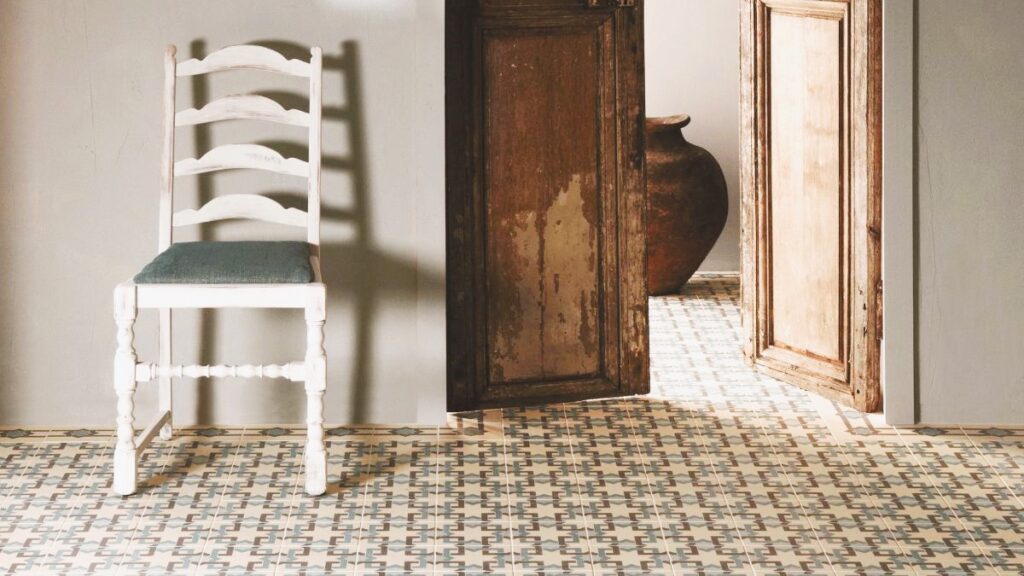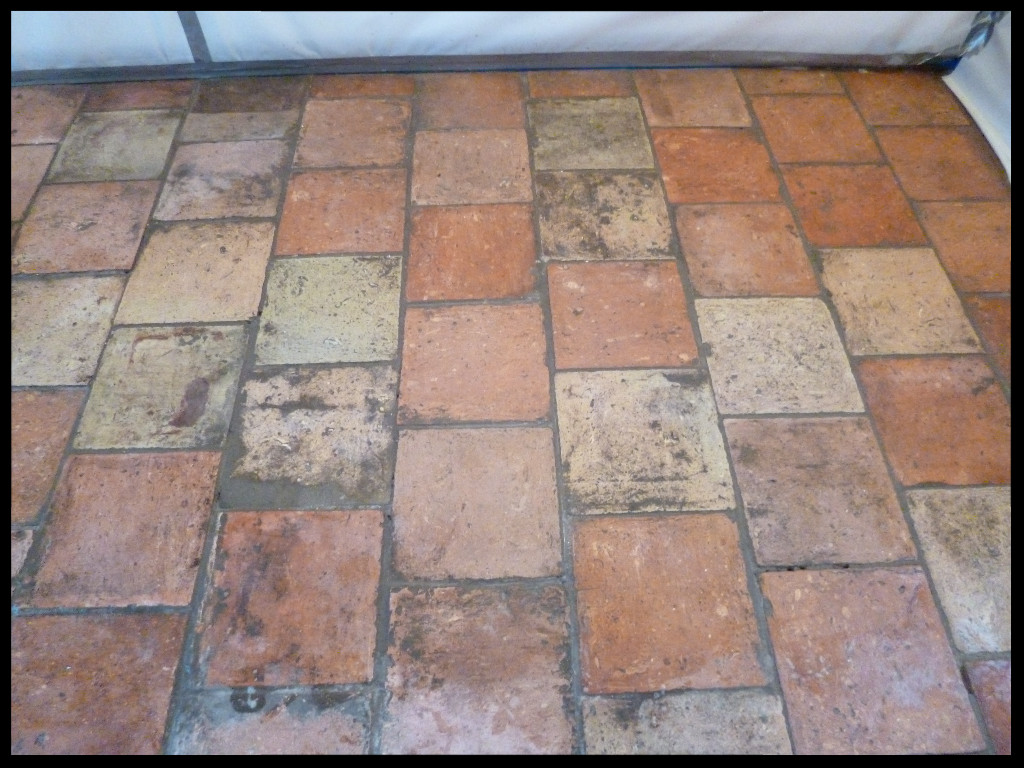
Tiles can add a touch of elegance and sophistication to any space, whether it’s your kitchen, bathroom, or living room. Over time, however, tiles can become worn, cracked, or stained, losing their original beauty. The good news is that with the right techniques and a little effort, you can revive your space by restoring and repairing your tiles. In this article, we will explore some useful tips to help you bring back the luster to your tiled surfaces.
- Assessing the Damage: Before you begin any restoration or repair work, it’s essential to assess the extent of the damage to your tiles. Look for cracks, chips, loose tiles, or grout deterioration. This evaluation will help you determine the appropriate course of action.
- Cleaning and Preparing the Tiles: To restore your tiles effectively, you need to start with a clean surface. Use a mild cleaner or a mixture of water and vinegar to remove dirt, grime, and any residue from the tiles. Avoid using abrasive cleaners or tools that could scratch or damage the tiles. Once the tiles are clean, dry them thoroughly before proceeding. The effect of grout on the aesthetics and durability of tiles, more here.
- Repairing Cracked or Chipped Tiles: If you have cracked or chipped tiles, you can repair them using tile filler or epoxy. Carefully fill the crack or chip with the chosen material, following the manufacturer’s instructions. Once it dries, sand the area gently to ensure a smooth surface. You can then color-match the repaired tile using specialized paints or markers, available in hardware stores.
- Replacing Loose or Broken Tiles: For tiles that are beyond repair, you may need to replace them. Start by removing the broken or loose tile using a grout saw or a chisel. Take care not to damage the surrounding tiles. Once the tile is removed, clean the area and apply fresh adhesive. Place the new tile firmly in position and allow it to set. Finally, apply grout to fill in the gaps and ensure a seamless look.
- Restoring Grout: Over time, grout can become discolored or deteriorated. To restore grout, begin by cleaning it thoroughly using a grout cleaner or a mixture of baking soda and water. Scrub the grout lines with a grout brush and rinse with clean water. If the grout is severely damaged, you may consider removing it and applying new grout. This will give your tiles a fresh and rejuvenated appearance.

- Enhancing the Tile’s Shine: To revive the shine of your tiles, consider using a tile sealer or polish. These products can bring back the luster and protect the tiles from future damage. Make sure to choose a sealer or polish suitable for your tile material. Follow the manufacturer’s instructions for application and drying times.
- Regular Maintenance: To keep your restored tiles looking their best, it’s important to establish a regular maintenance routine. Clean the tiles regularly using a non-abrasive cleaner and a soft cloth or mop. Avoid using harsh chemicals or abrasive tools that could scratch or damage the surface. Additionally, reapply a tile sealer periodically to maintain the shine and protect the tiles from stains and moisture.
Reviving your space through tile restoration and repair can breathe new life into your home or office. By assessing the damage, cleaning the tiles, repairing or replacing damaged tiles, restoring grout, enhancing the shine, and maintaining them regularly, you can enjoy the beauty and longevity of your tiled surfaces for years to come.
For more information on tile restoration and maintenance, you can visit the following resources:
- Wikipedia: Tile Restoration
Remember, with the right techniques and a little TLC, you can transform your space and make your tiles shine once again.
